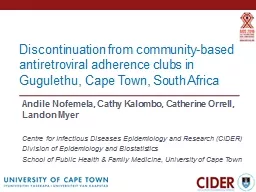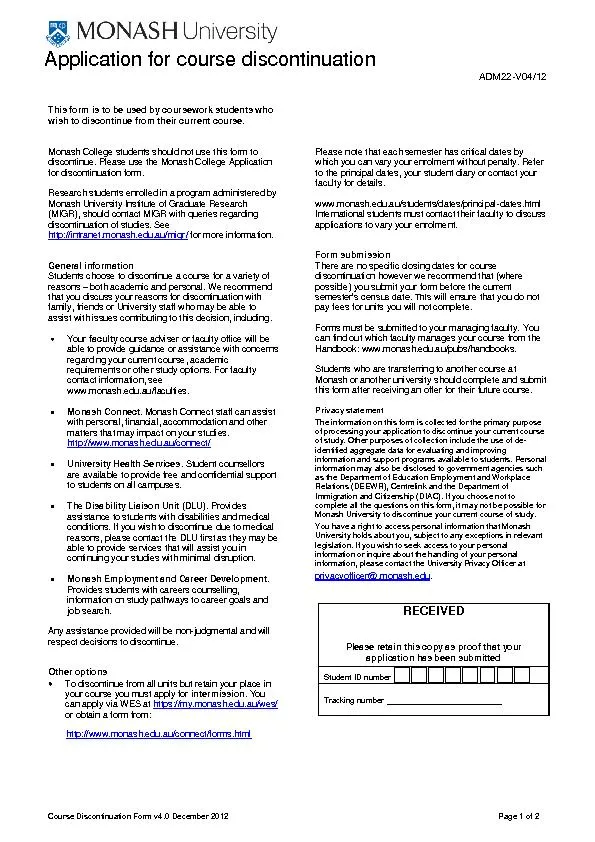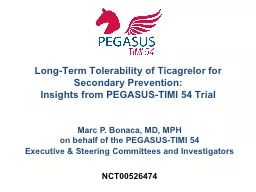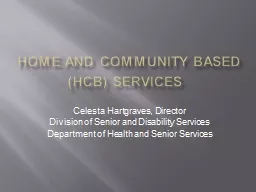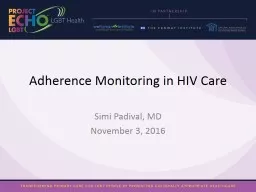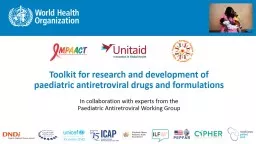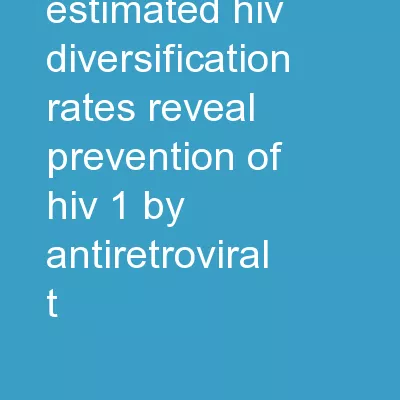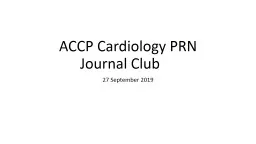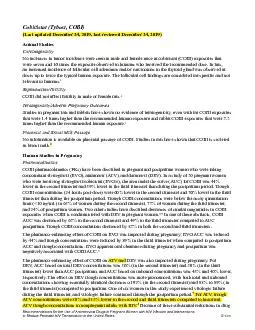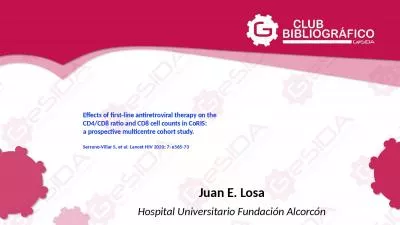PPT-Discontinuation from community-based antiretroviral adheren
Author : jane-oiler | Published Date : 2017-04-11
Gugulethu Cape Town South Africa Andile Nofemela Cathy Kalombo Catherine Orrell Landon Myer Centre for Infectious Diseases Epidemiology and Research CIDER
Presentation Embed Code
Download Presentation
Download Presentation The PPT/PDF document "Discontinuation from community-based ant..." is the property of its rightful owner. Permission is granted to download and print the materials on this website for personal, non-commercial use only, and to display it on your personal computer provided you do not modify the materials and that you retain all copyright notices contained in the materials. By downloading content from our website, you accept the terms of this agreement.
Discontinuation from community-based antiretroviral adheren: Transcript
Download Rules Of Document
"Discontinuation from community-based antiretroviral adheren"The content belongs to its owner. You may download and print it for personal use, without modification, and keep all copyright notices. By downloading, you agree to these terms.
Related Documents

